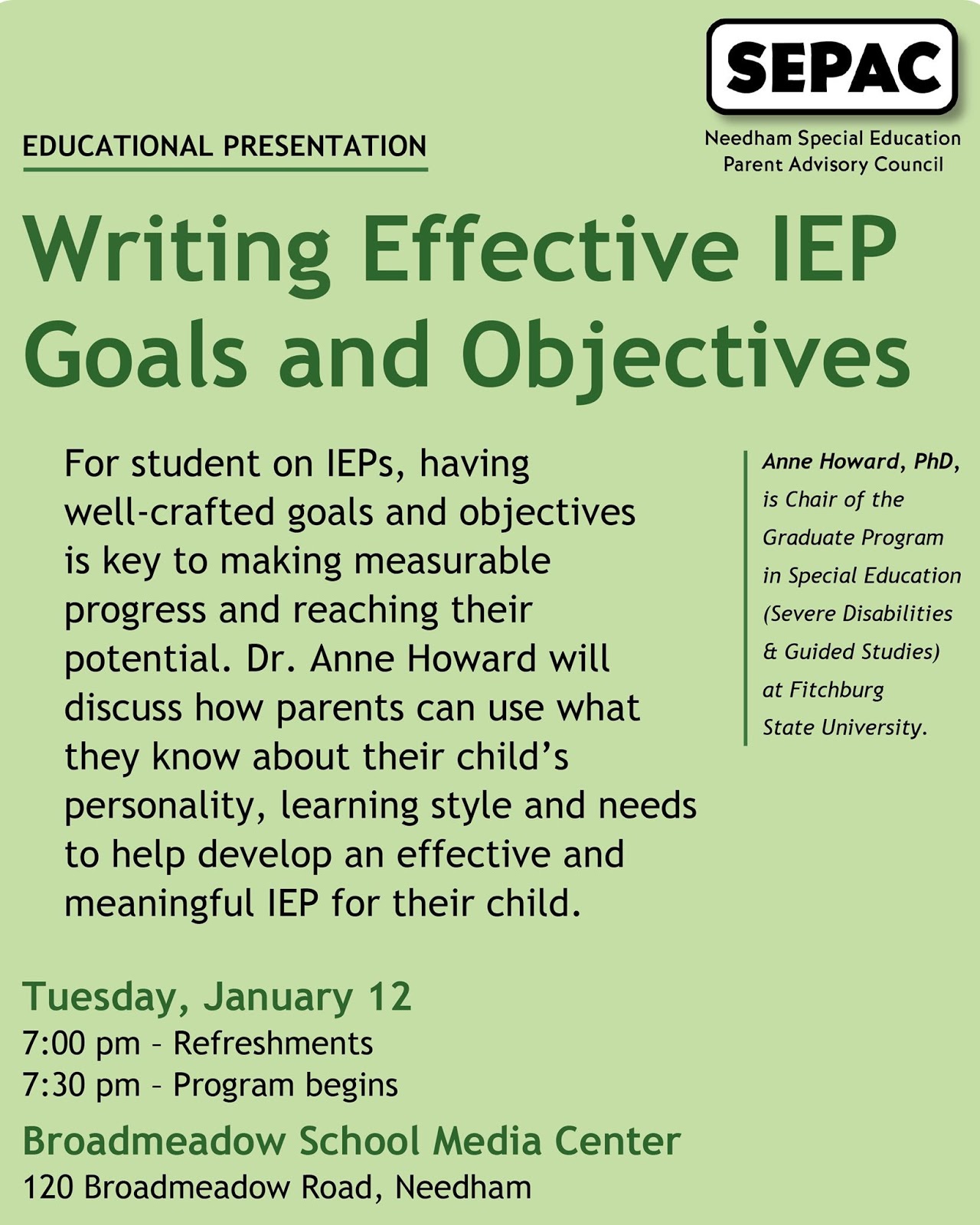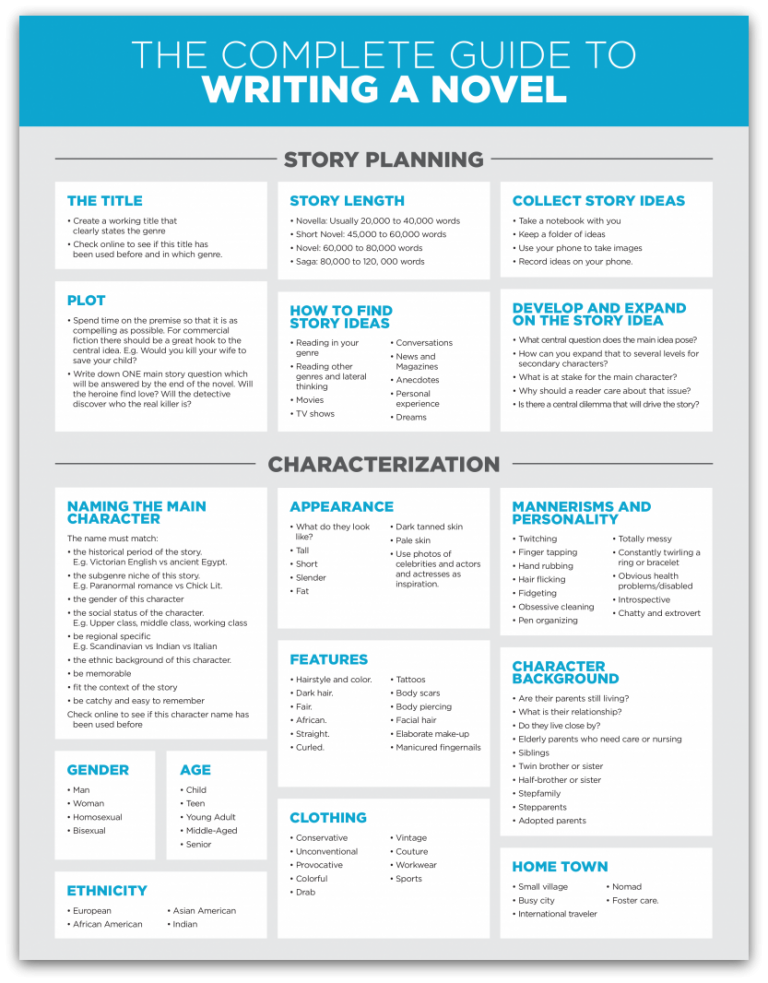
Free PDF ebooks (user's guide, manuals, sheets) about Embedding IEP Goals and Objectives in Grade-Level pdf ready for download Embedding IEP Goals and Objectives in Grade-Level 0 Page · 0 · 0 B · 0 Download · Language: English the goal of providing an appropriate, individualized program for every IDEA-eligible student. If an appropriate program is not evident on the IEP, the school district may be required to fund private schooling or services for that student. IEPs The heart of IDEA is a written document called an Individual Education Program (IEP) Annual Goal #3 _____ will increase ability to understand and respond to literature from various genres and geo-cultural groups to _____ as measured by _____ (State Scoring Guide, teacher survey, performance assessment, etc.) Objective #1 Identify and use a variety of nonfiction texts such as books, newspapers, and magazines
How to Write IEP (Individualized Education Plan) Goals
This page may contain affiliate links. We only recommend products and services that have tried, trust and love. For more information, you can read our terms and conditions. Given a picture or object to describe, STUDENT will produce age-appropriate bilabial i.
Given a picture or object to describe, STUDENT will produce velar sounds i. Given a picture or object to describe, STUDENT will produce stop sounds i. Given a picture or object to describe, STUDENT will produce all age-appropriate phonemes in words to reduce the process of affrication i.
Given a picture or object to describe, STUDENT will produce the alveolar sounds in words t, d, n to reduce the process of alveolarization i. Given a picture or object to describe, Books on how to write iep goals will produce the palatal sounds in words sh, zh to reduce the process of depalatalization i.
Given a picture or object to describe, STUDENT will produce the labial sounds in words p, b to reduce the process of labialization i. Given a picture or object to describe, STUDENT will produce all age-appropriate phonemes in syllable words to reduce the process of labial assimilation i.
Given a picture or object to describe, STUDENT will produce all age-appropriate phonemes in syllable words to reduce the process of velar assimilation i. Given a picture or object to describe, STUDENT will produce all age-appropriate phonemes in syllable words to reduce the process of nasal assimilation i.
Given a picture or object to describe, STUDENT will produce all age-appropriate phonemes in syllable words to reduce the process of alveolar assimilation i, books on how to write iep goals.
Given a picture or object to describe, Books on how to write iep goals will produce the nasal sounds in words m, n to reduce the process of denasalization i. Given a picture or object to describe, books on how to write iep goals, STUDENT will produce the final voiced consonants in words b, d to reduce the process of final consonant devoicing i.
Given a picture or object to describe, STUDENT will produce the correct phoneme in words books on how to write iep goals reduce the process of coalescence i. Given a picture or object to describe, STUDENT will produce all the phonemes in words to reduce the process of reduplication i.
Given a picture or object to describe, STUDENT will produce all age-appropriate phonemes in syllable words to reduce the process of cluster reduction i. Given a picture or object to describe, STUDENT will produce only the phonemes in the word to reduce epenthesis i.
Given hearing aids, STUDENT will clean and dry ear molds using the appropriate materials i. Given a functional symbol cooking, communitysafety, etc. Given a social situation or role-play scenario, STUDENT books on how to write iep goals identify expected vs.
Given a social situation or role-play scenario, STUDENT will demonstrate comprehension of a variety of verbal and nonverbal social cues e. Given a writing or speaking task, STUDENT will use present progressive-tense verbs i. Given a writing or speaking task, STUDENT will use present-tense verbs i. Given a writing or speaking task, STUDENT will use future-tense verbs i.
Given an object or picture, STUDENT will use 2 words to call attention to an object e. Given an object or picture, STUDENT will use 2 words to show the disappearance of an object e, books on how to write iep goals.
Given an object or picture, STUDENT will use 2 words to indicate recurrence of an object e. Given an object or picture, STUDENT will use 2 words that contain an adjective and a noun e. Given an object or picture, STUDENT will use 2 words to show possession of an object e. Given an object or picture, STUDENT will use 2 words to show action object e. Given an object or picture, STUDENT will use 2 words to show the location of an object e. Given an object or picture, STUDENT will use 2 words to show agent action e.
Given an object or picture, STUDENT will use 2 words to show emotion e. Given an object or picture, STUDENT will use 2 words to achieve the desired end of an object e. Given an object or picture, STUDENT will say 3 to 4-word utterances e. Given an activity, picture, or story, STUDENT will use compound sentences i. Given an orally presented sentence with missing words, STUDENT will identify missing words i.
Given a wh-question, STUDENT will use words to answer simple Wh-questions i. Given visual cues e. Given a story or activity, STUDENT will use sequence words to verbally order a story or activity e. Given a category, STUDENT will name items in that category e. Given 3 to 5 items in a category e. Given two concepts e. flying vs. Given an object or picture, STUDENT will describe the object or picture by identifying a minimum of 3 attributes e.
Given an object or picture and asked a question, STUDENT will answer the question by identifying a minimum of 5 attributes e. Given 10 items presented verbally, STUDENT will describe the object or picture by identifying a minimum of 3 attributes e. Given an object, picture, or story, STUDENT will say a complete sentence using articles i. Given an object, picture, or story, STUDENT will say a complete sentence using demonstrative adjectives i.
Given an object, picture, or story, STUDENT will say a complete sentence using plural nouns i. Given an object, picture, or story, STUDENT will say a complete sentence using possessive nouns i. Given an object, picture, or story, STUDENT will say a complete sentence using subject pronouns i.
Given an object, picture, or story, STUDENT will say a complete sentence using object pronouns i. Given an object, picture, or story, STUDENT will say a complete sentence using possessive pronouns i.
Given an object, picture, or story, STUDENT will say a complete sentence using reflexive pronouns i. Given an object, picture, or story, STUDENT will say a complete sentence using present progressive verb tense i. Given an object, books on how to write iep goals, or story, STUDENT will say a complete sentence using past progressive verb tense i. Given an object, picture, or story, STUDENT will say a complete sentence using books on how to write iep goals past tense i.
Given an object, picture, or story, STUDENT will say a complete sentence using irregular past tense i. Given an object, picture, or story, STUDENT will say a complete sentence using conjunctions i.
Given an object, picture, or story, STUDENT will say a complete sentence using future tenses i. Given an object, picture, or story, STUDENT will say a complete sentence using negative sentence structures i.
Given an object, picture, or story, books on how to write iep goals, STUDENT will ask WH questions i. Given an object, picture, or story, books on how to write iep goals, STUDENT will say a complete sentence using comparatives i. Given an object, picture, or story, STUDENT will say a complete sentence using superlatives i. Given 10 pictures, STUDENT will match opposite pictures in pairs i. Given an object or picture, STUDENT will describe the object or picture by naming the item, identify attributes color, size, etc.
Given manipulatives e. Given verbal or written directions, STUDENT will identify the action words in the directions e. Given verbal directions, STUDENT will follow conditional directions e. Given a story, activity, or classroom discussion, STUDENT will answer WH questions i. Given 5 objects or pictures at a time e. Given a word verbally, STUDENT will point to the appropriate object or picture associated with that word e.
Given 3 to 5 objects or pictures and an attribute e. g, color, size, shape, number, texture, etc. Given 3 to 5 words and an attribute e. Given object s and a verbal or written prepositions directive, STUDENT will follow the directions and act out the preposition using the given object s e. Given a two word phrase that calls attention to an object or picture e.
Given an object or picture and a phrase that shows the disappearance e. Given an object or picture and a phrase that shows the recurrence e. Given an object or picture and a phrase that contains an adjective and a noun e. Given an object or picture and a phrase that shows possession e. Given an object or picture and a phrase that uses action object form e. Given an object or picture and a phrase that indicates the location e.
Given an object or picture and a phrase that uses agent action form e. Given an object or picture and a phrase that shows an emotion e. Given an object or picture and a phrase to achieve a desired end e. Given a phrase or sentence that includes articles e.
Given a phrase or sentence that includes adjectives e. Given a phrase or sentence that includes plurals e. Given a phrase or sentence that includes possessive nouns e. Given a phrase or sentence that includes subject pronouns e. Given a phrase or sentence that includes object pronouns e. Given a phrase or sentence that includes possessive pronouns e. Given a phrase or sentence that includes reflexive pronouns e.
Given a phrase or sentence that includes present progressive verb tense e.
How to Draft Measurable \u0026 Meaningful IEP Goals (2020)
, time: 15:27Wrightslaw Game Plan: Writing SMART IEPs by Pete Wright & Pam Wright

IEP Goals: S.M.A.R.T.E.R. STEPS® Guide is a 2-hour online continuing education (CE) course that provides a framework for writing legally compliant IEP goals. Individualized Education Program (IEP) meetings give parents and professionals a chance to work together to design an IEP for children with learning disabilities who have been determined eligible for special education the goal of providing an appropriate, individualized program for every IDEA-eligible student. If an appropriate program is not evident on the IEP, the school district may be required to fund private schooling or services for that student. IEPs The heart of IDEA is a written document called an Individual Education Program (IEP) The IEP goals tell you what the child should accomplish in one year, if the special education services are appropriate. Measurable goals provide a way for you and the other members of the IEP team to determine if the services are sufficient, and if the child is making acceptable progress
No comments:
Post a Comment